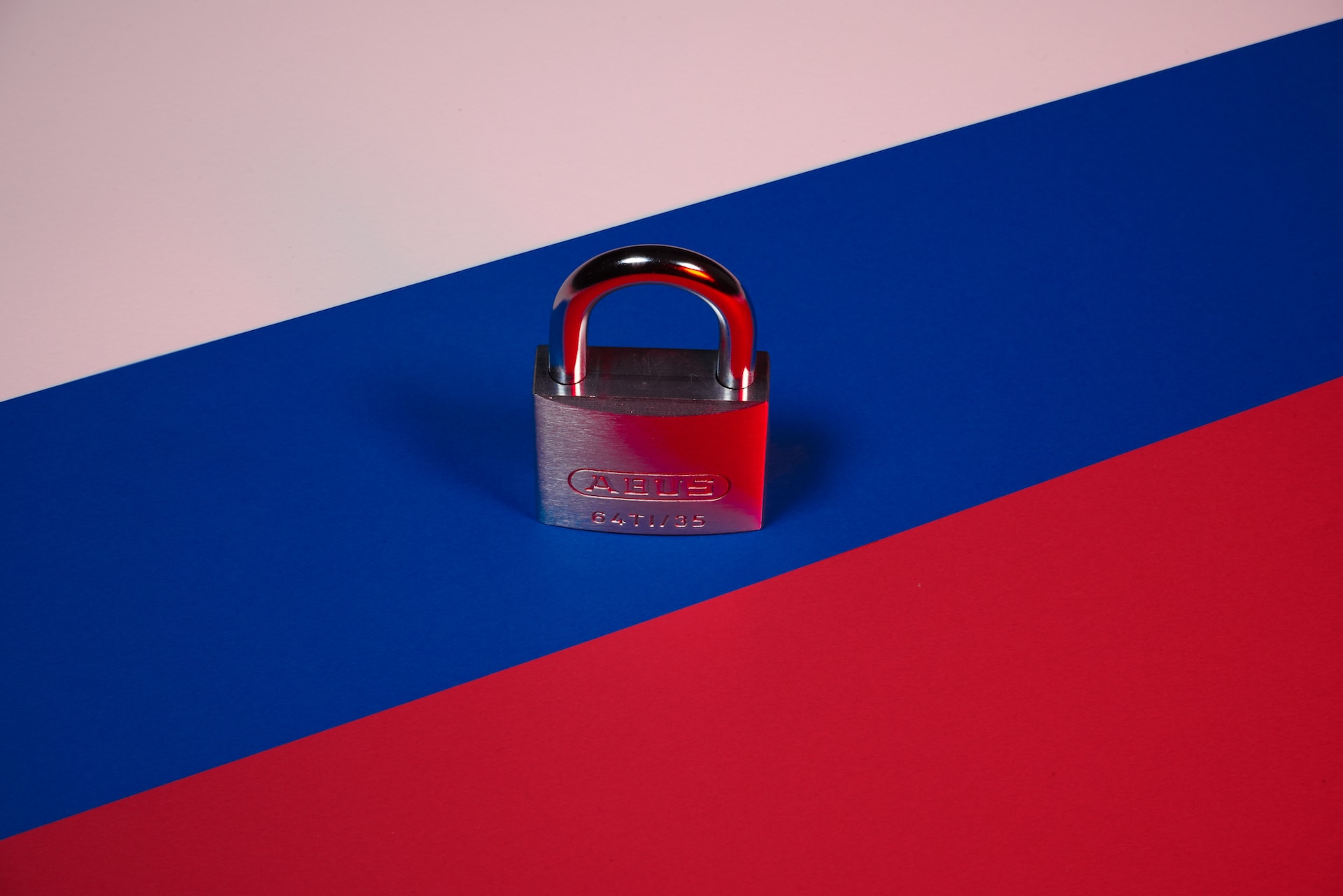EU Escalates Sanctions on Russia: Targeting Diamond Industry and Closing Loopholes

In a major escalation of its economic offensive, the European Union unveiled a fresh set of sanctions against Russia on Monday. This move, the 12th since the Ukraine conflict began, is designed to strike at crucial segments of the Russian economy and seal off any gaps in existing sanctions.
Diamond Industry: A Key Target
A primary focus of these new sanctions is the Russian diamond industry, which is believed to contribute approximately $4.5 billion annually to Russia’s economy. Effective from January 1, there will be a prohibition on the import, purchase, or transfer of Russian non-industrial diamonds, including natural, synthetic, and diamond jewelry. The ban encompasses diamonds of Russian origin, those exported or transiting through Russia, and even Russian diamonds processed in other nations.
Widening Sanctions Reach
Expanding beyond the diamond sector, the EU has imposed restrictions on more than 140 Russian officials and entities. These measures include freezing assets and implementing travel bans, aiming to cut off financial and logistical support to Russia’s military operations in Ukraine.
Stricter Export Regulations
EU-based companies are now required to incorporate clauses in their contracts forbidding the export of certain goods to Russia. This is particularly focused on “sensitive goods and technology” that might benefit the Russian military. The expanded list of prohibited items for export includes various chemicals, lithium batteries, thermostats, specific electric motors, and a range of machine tools and components.
Import Restrictions to Reduce Russian Revenue
The new sanctions also tighten controls on EU imports of certain Russian goods that are significant revenue sources for Moscow. These restrictions affect products like copper and aluminum wire, foil, and certain types of tubes and pipes, as well as liquefied propane.
Expanding the List of Sanctioned Entities
An additional 29 entities, typically organizations, companies, or banks, have been added to the EU’s sanctions list. These entities are accused of supporting Russia’s military and industrial efforts in the conflict. The identities of these entities and the individuals with frozen assets have not yet been disclosed.

Implementation and Future Measures
The sanctions are set to be officially implemented following their publication in the EU’s official journal. Furthermore, EU member states are considering imposing sanctions on individuals who have benefited from the seizure of European assets in Russia. There will also be increased efforts to track the assets of those already sanctioned.
Conclusion
These comprehensive sanctions by the EU are a concerted effort to debilitate Russia’s economic strength in its war against Ukraine. Targeting vital economic sectors and strengthening both export and import restrictions, the EU is determined to significantly impair Russia’s military capabilities. The united front presented by the 27 EU countries reflects a strong international stance in support of Ukraine and against Russian aggression.
©globalpeacemovement.org
